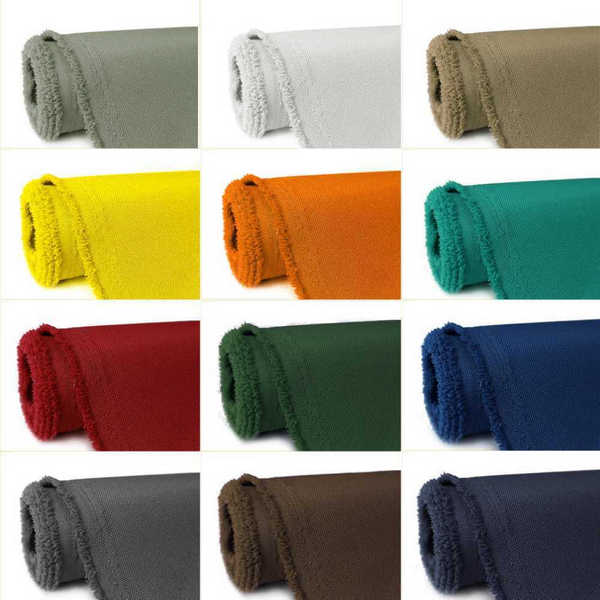
NewsInformation Center
how to improve pilling in fabric?
2023/08/30
Pilling refers to the formation of small, unwanted balls of fibers on the surface of fabric, which can make it appear worn and reduce its overall aesthetic appeal. It is a common issue in many fabrics, especially those made from natural fibers like cotton or wool. However, there are several measures that can be taken to minimize and improve pilling in fabric. Below are some suggestions:

1. Fabric Selection:
Choose fabrics that are less prone to pilling. Fabrics made from long-staple fibers, such as Egyptian cotton or silk, tend to pill less compared to fabrics made from short-staple fibers like regular cotton. Additionally, blending natural fibers with synthetic fibers, such as polyester or nylon, can help improve the fabric's resistance to pilling.
2. Fabric Construction:
Consider the fabric’s construction. Fabrics with a tighter and denser weave are generally less prone to pilling. Look for fabrics with a higher thread count, which means more threads per square inch, as they often have a smoother texture and are less likely to pill.
3. Fiber Quality:
Opt for higher quality fibers, as they tend to be more durable and less susceptible to pilling. Inferior quality fibers are often weaker and more prone to breaking, leading to pilling.
4. Fabric Finishing:
Choose fabrics that have undergone appropriate finishing processes to reduce pilling. Some finishes, such as singeing or flame-retardant treatments, can help to remove loose fibers and reduce the likelihood of pilling. Look for fabrics labeled as "anti-pilling" or "pill-resistant," as they have been treated specifically to minimize pilling.
5. Laundering:
Follow proper laundering instructions for your fabric. Over-agitation and harsh washing can cause fibers to break and contribute to pilling. Always use the recommended water temperature, wash cycle, and laundry detergents suitable for the fabric type. Consider using fabric softeners, as they can help reduce friction and minimize pilling.
6. Drying:
Avoid drying your fabric using high heat. High temperatures can cause fibers to break and pill. Opt for air-drying or use the low-heat setting on your dryer. Keep in mind that tumble drying can cause friction between clothes and contribute to pilling, so consider air-drying as a preferable alternative.
7. Gentle Handling:
Handle your fabric with care to minimize stress and friction. Avoid rubbing or abrasive contact with rough surfaces or harsh materials that can pull or snag the fabric, leading to pilling. Treat delicate fabrics with extra care during wearing and cleaning.

8. Lint Removal:
Regularly remove lint and pills from fabric using a lint roller, fabric shaver, or a pilling comb. These tools help to remove loose fibers and prevent them from forming into pills. Be gentle when using these tools, ensuring not to pull or stretch the fabric excessively.
9. Fabric Softeners or Conditioners:
Using fabric softeners or conditioners in the wash or during the rinse cycle can help to reduce friction and static cling between fibers. This can contribute to a smoother fabric surface and minimize pilling.
10. Regular Maintenance:
Perform regular fabric maintenance to prevent pilling. This includes avoiding heavy loads on fine fabrics, properly ironing delicate fabrics using low heat, and storing fabrics properly to reduce rubbing and friction.
While these measures can help minimize and improve pilling in fabric, it's important to note that pilling is a natural occurrence in some fabrics, especially those with a higher percentage of natural fibers. Some level of pilling may still occur over time, even with great care. However, by following these suggestions, you can significantly reduce pilling and prolong the appearance and lifespan of your fabrics.
Previous: What is the taber method of abrasion resistance?
N e x t : what fabrics are exempt from flammability testing?



